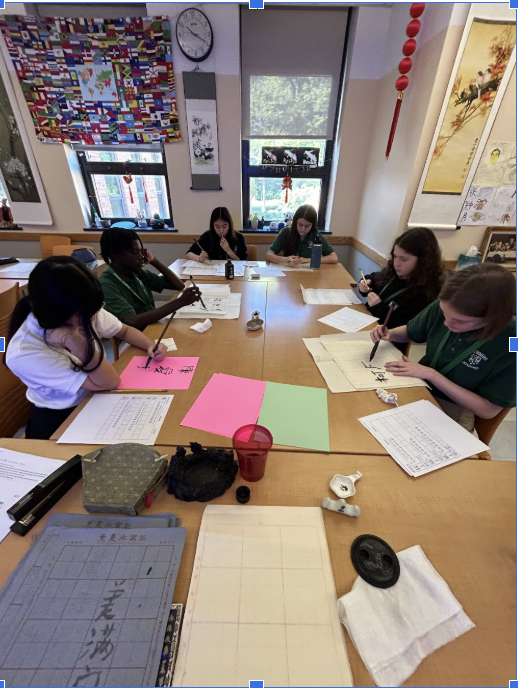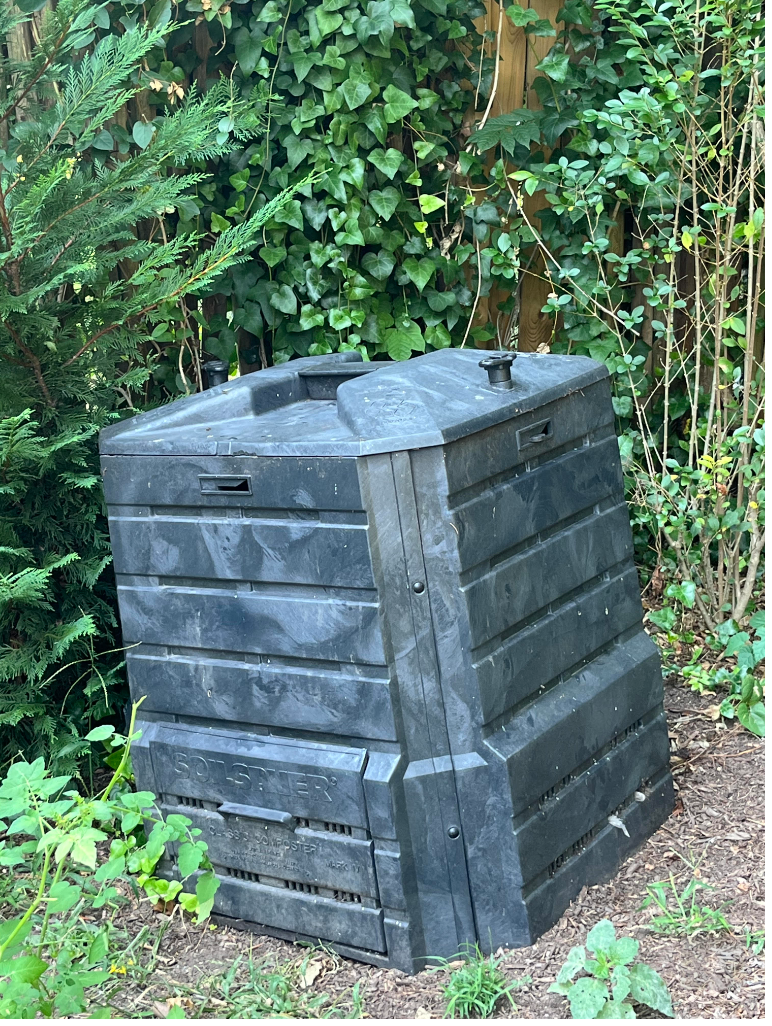COVID-19 Variants: What They Are and How to Prevent Them From Spreading
On April 16, the U.S. national government announced that it would spend $1.7 billion to investigate variants of SARS-CoV-2, the virus causing the pandemic that has devastated global economies and claimed the lives of over three million people. With protective measures in place and the hope of widespread vaccination to contain viral transmission, what role do these variants play? How are they different from the initial strain, and will vaccines and other protections hold up against them?
One important fact to note is that all viruses have variants; as they spread, mutations in their genomes inevitably occur, creating different forms of the same virus. Although it takes a long time for enough mutations to pop up so that the virus completely changes, new forms of a virus can have different contagion rates than the initial strain or can cause varying symptoms.
If any of these mutations benefit the virus’s ability to survive and spread, they will likely pose a threat to mitigation efforts and could require new methods to limit viral transmission.
As the pandemic continues, these variants will be important to watch as protective mandates are lifted, infection rates change, and vaccination becomes more widespread. Here are some details about the most prevalent variants of SARS-CoV-2 and how they could affect efforts to control the ongoing pandemic.
UK variant: Originating in the UK in the fall of 2020, the B.1.1.7 variant is now the dominant strain of coronavirus in the United States. Although those infected with this variant display similar symptoms to those with the initial form of the virus, its contagion rate is about 50 percent greater than most other existing strains, and people infected with the UK variant often have higher viral loads. The good news: experts claim that most coronavirus vaccines still work to prevent the severity of symptoms among patients with the UK variant. However, due to this variant’s increased transmissibility, protective measures such as masks will continue to be necessary as it spreads.
South Africa variant: Known as B.1.351, the variant that emerged in South Africa in 2020 is not yet as widespread in the U.S. as the UK variant. However, its increased rate of contagion—it can spread up to 50 percent faster than most other strains, like the UK variant—could pose a threat to those at risk for infection. Additionally, because studies have shown that most vaccines do not offer as much protection against the South African variant, typically only preventing severe symptoms of COVID-19 infection, vaccines may need to be altered to increase efficacy against this strain.
Brazil variant: The P.1. variant of SARS-CoV-2 was first identified in Japan in November 2020 and has since spread to countless other countries. Although it is not common in the U.S., its rapid infection rate and ability to reinfect individuals who have already had it make it of concern to those working to lower virus transmission. The Brazil variant’s mutations can make it difficult for COVID-19 antibodies to detect, which could decrease the efficacy of vaccines in protecting against it, meaning that masks and social distancing may work better in mitigation efforts.
California variants: Two similar variants, B.1.427 and B.1.429, have emerged in California and have become the dominant strains of COVID-19 there. They are not as contagious as other prominent variants, although they are about 20 percent more transmissible than the original coronavirus strain, and recent articles have shown that infected individuals have a higher risk for severe COVID-19 symptoms. Most existing coronavirus vaccines maintain high efficacy in preventing symptoms of these strains, which is promising as the United States continues to maximize vaccine distribution.
Despite the new threats that these variants could pose, experts have offered some possible solutions for better protection as new mutations arise. One proposed plan entails vaccine booster shots being administered each year to maximize public protection if the virus changes more drastically and to ensure continued efficacy. Another course of action includes altering existing vaccines as new strains develop so they can target variants more accurately; this will shield people against infection and severe illness even as the virus mutates.
Although the United States has not experienced major issues related to the spread of coronavirus variants yet, they could still be dangerous in the future, especially considering that new ones will continue to arise. Continued efforts at stopping the spread of these variants will be necessary, from the individual level of wearing masks or social distancing up to the large-scale level of developing methods to track and analyze new variants. And by making these efforts, we can hope to foster safer communities that can “bounce back” from COVID-related setbacks more easily.

Meet Natalie Gildea, the Co-Editor-in-Chief of the Green Arch for 2022-2023! Outside of the Green Arch, she is involved with the swim team, Stage Band,...





















